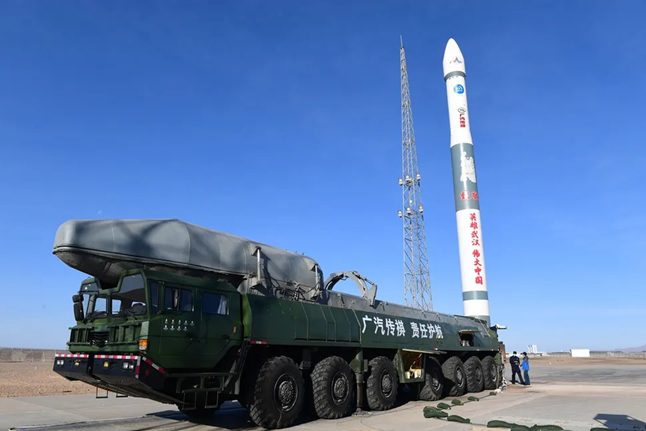On the successful firing of its Merlin 1D engine, Space Exploration Technologies, with more than a note of self congratulation, states that the “enhanced design makes the Merlin 1D the most efficient booster engine ever built” further noting that it has “a vacuum thrust-to-weight ratio exceeding 150”,
True – it has the best ever thrust-to-weight ratio, taking this record from the Russian NK-33 (now made under the US designation AJ-26). However, for most rocket engineering cognoscenti, it is specific Impulse, the momentum change per kg of propellants used, that is the true measure of rocket efficiency.
As such, with its “open” gas generator cycle and using the propellants of LOx (liquId oxygen) and kerosene, the Merlin 1D will never match the efficiencies of the LOX/Liquid hydrogen powered Vinci or RL-10 engines. Under this measure, at circa 310 seconds, the Merlin 1D’s vaccuum specific impulse is about a third less than the 465 seconds or so that these expander cycle engines can manage.
And if you really want to be a trouble maker you could mention electric ion thrusters whose vaccuum specific impulses are measured in the thousands of seconds – albeit with very low thrust.





